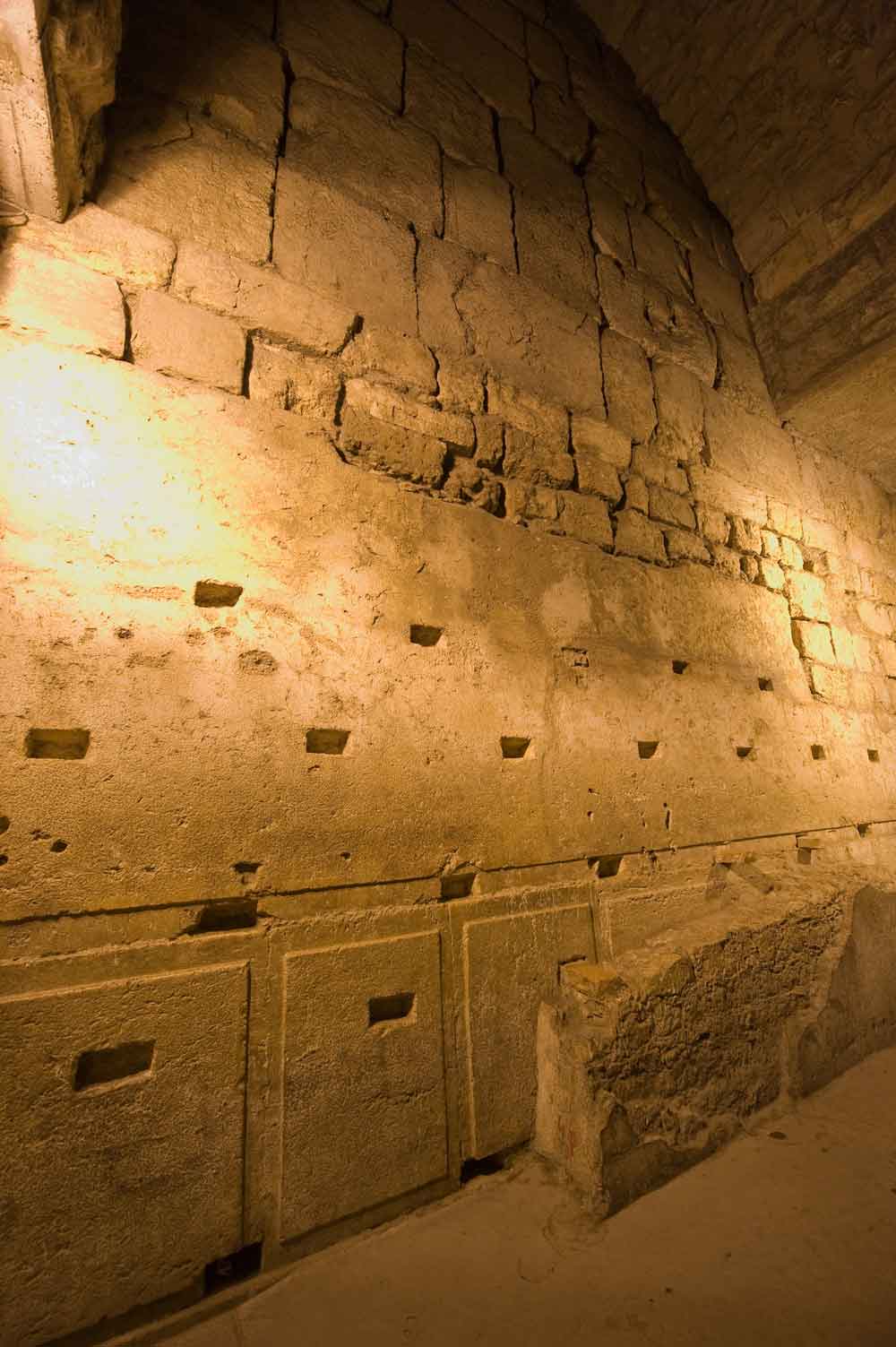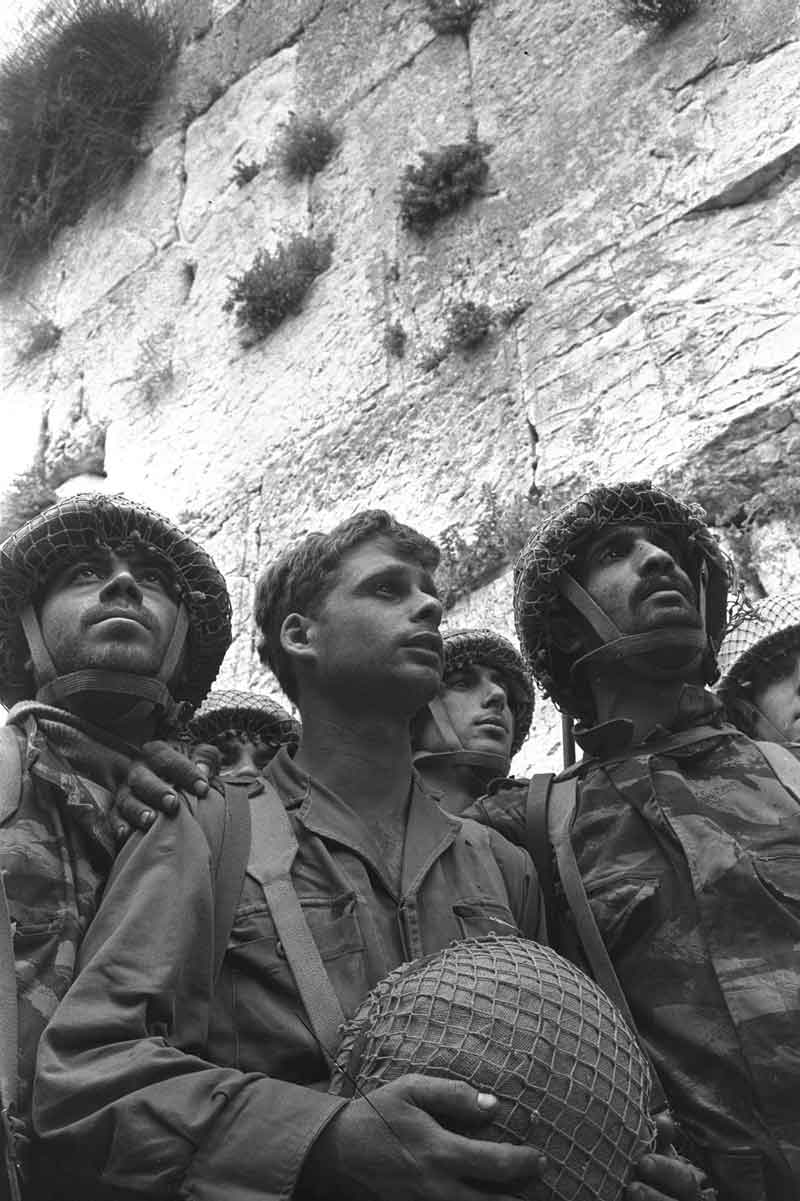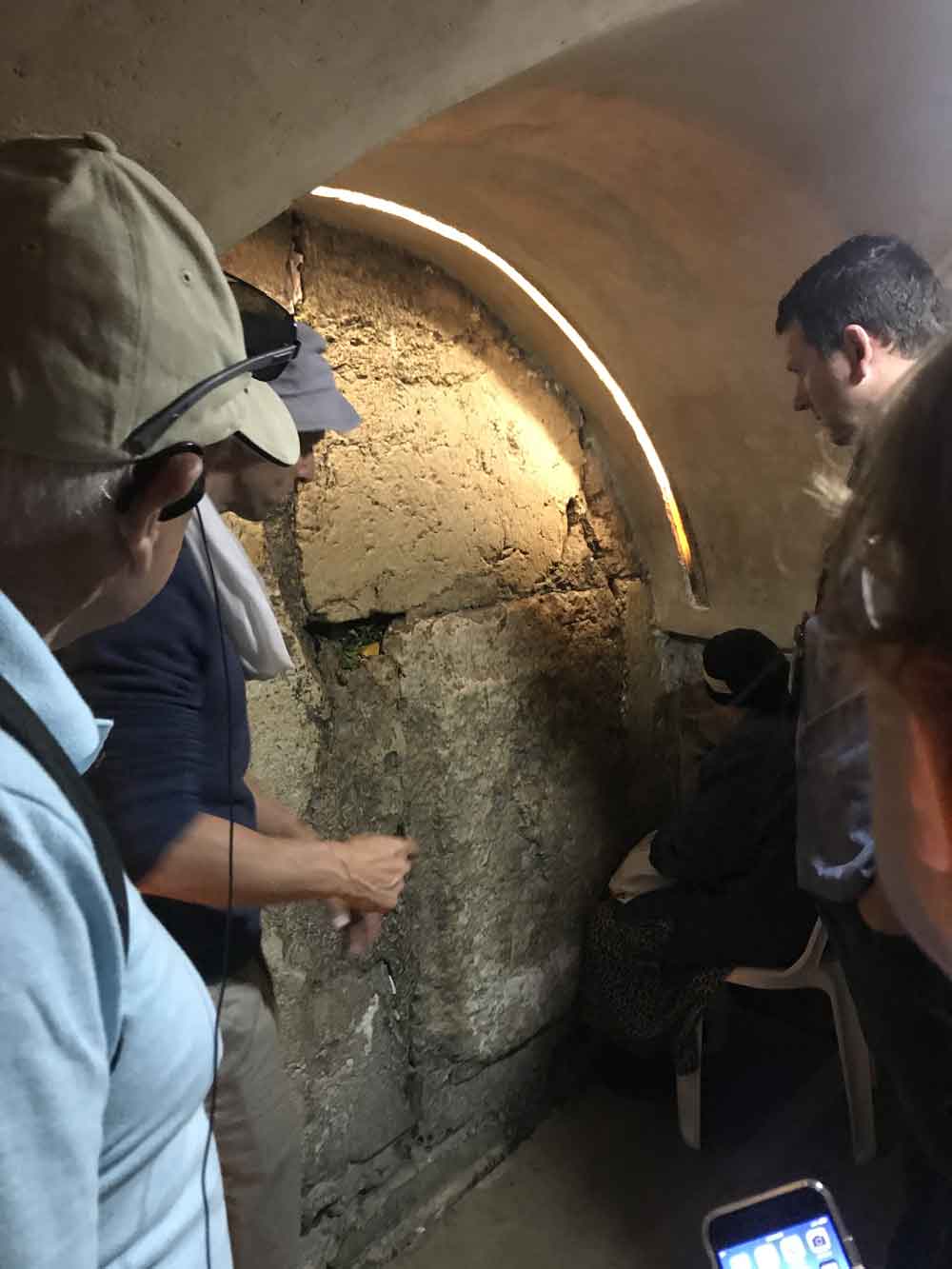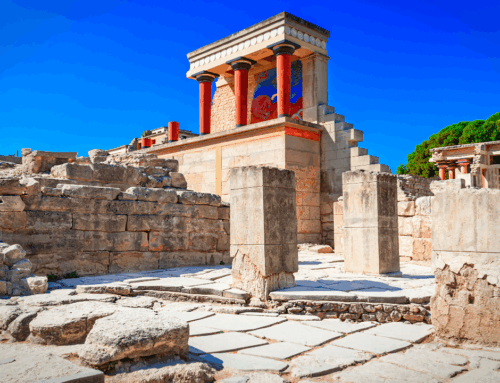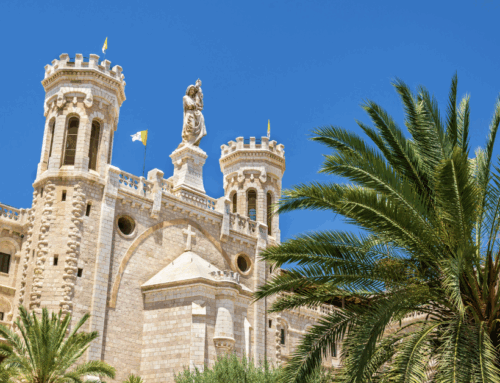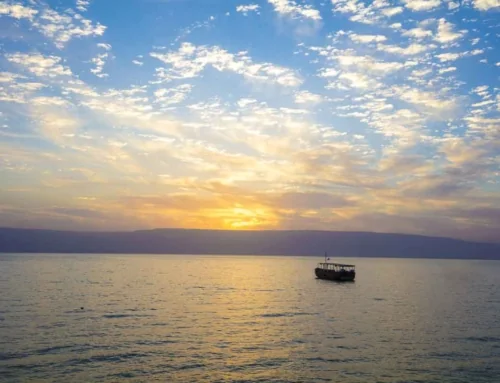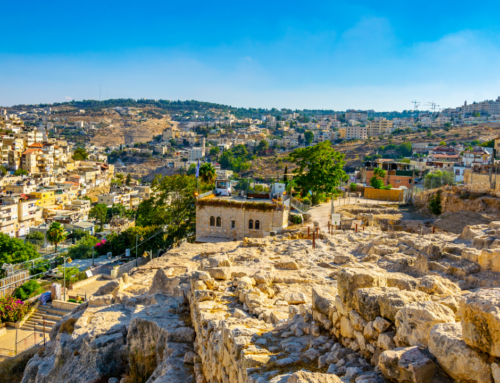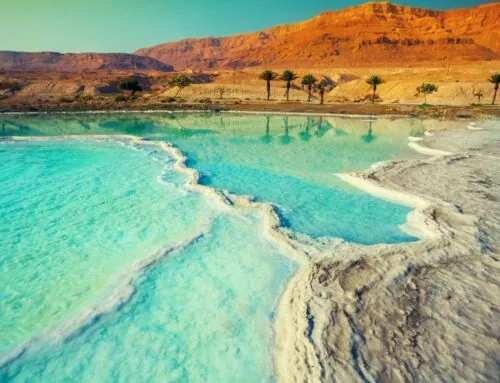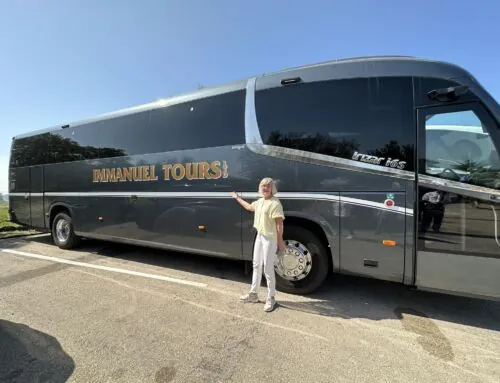While the Western Wall is known for being the focal point of prayer in Judaism as the only remainder of the Second Temple destroyed in 70 AD, there is actually an area closer to the Holy of Holies than many people realize. The Western Wall Tunnels.
The Western Wall Tunnels are the continuation of the Western Wall, which was actually about 1500 feet long, though the wall we know think of is only a small portion of about 150 feet of the wall. The rest of the wall is now covered by the Muslim Quarter.
In its time, during the Second Temple Period, this underground area would have largely been open air, and was the civic center of life in Jerusalem. Jesus would have walked in this very area!
The Western Wall Tunnels Discovery and Exploration
The tunnel takes you north under what is today known as the Muslim Quarter (Jerusalem includes three other quarters; the Jewish, Christian and Armenian quarters). The British started excavations of the site in the mid 19th-century, with famous researchers Charles Wilson (known for “Wilson’s Arch”, the discovery of a bridge into the Temple into the Temple Mount that can still be seen today on the men’s side of the Kotel) and Charles Warren (known for “Warren’s Shaft”, a water source for ancient Israel that led to the discovery of many underground tunnels that can still be seen in the City of David) at the helm.
The Six-Day War in June of 1967 provided a further opportunity to explore the tunnels as Israel retook the Western Wall and the surrounding areas. After that, archeological exploration supported by the Israeli government was able to take place for the first time and efforts to discover, preserve and showcase the area truly began.
What many people don’t realize is that half of the wall is under the current ground level that we know today. Most of modern day Jerusalem is actually built up in layers over what Jesus would have known in the Second Temple era. This is made apparent at the Cardo, an ancient main Roman street discovered in Jerusalem that you can now walk down. When you do though, you will look up at others walking on the modern day streets of Jerusalem. This only tantalizes the imagination of just might be under your feet as you walk the streets of the Old City!
The Western Stone
The Western Wall Tunnels hold the largest stone of the entire wall, known as “The Western Stone”. It is an impressive forty-four feet long and eleven feet high. Its depth is hidden within the wall, though it has been scientifically estimated at somewhere between six and fifteen feet wide, depending on the researcher. It may weight up to 570 tons, or the equivalent of 85 elephants! It is one of the largest monoliths in the whole world. No one knows how this massive stone was quarried, relocated to the Temple Mount, raised three stories and placed symmetrically. What an amazing feat!
The Holy of Holies
There is one point in the tunnels that actually takes you the closet to the location of the Holy of Holies, the place where the Ark of the Covenant was housed. Only the High Priest was allowed to enter the Holy of Holies on Yom Kippur as it was entering the physical presence of YHWH. Today, this is where some Orthodox women will come to pray.
Discoveries in the Western Wall Tunnels
Many discoveries have been found within the Western Wall Tunnels. In fact, just recently in 2020, it was announced that an entire complex that included two rock-cut rooms and a courtyard that would have existed during the Second Temple period but had been hidden beneath the floor of a Byzantine-era building for well over a millennium and now had been discovered.
In 2017, an entire theatre was discovered in the area on accident while trying to date Wilson’s Arch. It was deemed one of the most significant finds on the area. It seated around 200 people and may have been intended for performances as well as the city council. What is interesting is it doesn’t show any signs of actual use! It is theorized that possibly the destruction of Jerusalem during the revolt that led to the destruction of the Second Temple covered it up before it was ever able to be used.
In addition to these discoveries, there have been many other findings including micvehs from the 2nd Temple period with such proximity to the Temple it was likely used for pre-Temple worship ritual cleansing.
A large hall was also located and restored and is referred to as the “Herrodian Hall”. Today, it is mostly used as a party hall for social events. Also, many smaller artifacts like pottery, coins and other relics were found in the area.
If you would like to tour Jerusalem’s Western Wall Tunnel, contact Immanuel Tours and add it to your itinerary!

